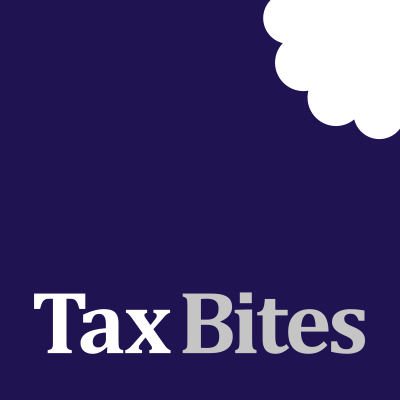
What a relief for investors!
1st September 2017
Posted in Articles, Business Tax, Featured Articles, Private Client by Forbes Dawson
Announced in last year’s Budget, Investors’ Relief (‘IR’) is a new relief available to shareholders who sell shares of unlisted companies. We thought it would be useful to recap on the basic conditions and the parts to consider when structuring shareholdings.
The basics
IR is often compared with Entrepreneurs’ Relief (‘ER’); both are similar as they:
- Provide a 10% capital gains tax rate (as opposed to 20% for higher rate taxpayers); and
- Have lifetime limits of up to £10 million of gains.
Qualifying conditions
IR applies to new ordinary shares issued on or after 17 March 2016. The relief requires that shares are held continuously for three years – in other words the first IR claim will be made in the 2019/20 tax year. This is notably longer than the one year holding period for ER; however it is worth nothing that:
- There is no minimum shareholding for IR (unlike ER where a 5% shareholding is required); and
- The £10m IR limit operates independently from the £10m ER limit so an individual who has exhausted their ER allowance can still benefit.
Whilst ER is aimed at business owners, IR was originally aimed at external investors. Hence, one of the conditions of IR is that the individual cannot be a director or employee of the company. However the government agreed to relax those rules so that, broadly speaking, relief may still be available if the individual is an unremunerated director following the share purchase or becomes an employee 180 days after share issue provided that they have not been previously connected with the business. It is important that this point is considered at the outset. With foresight, an individual could qualify for both ER and IR in respect of the same company, such that if they make a £20m gain the whole amount would be taxed at 10%.
IR vs EIS/SEIS
IR may also provide a ‘next best alternative’ to the Enterprise Investment Scheme (‘EIS’) and Seed Enterprise Investment Scheme (‘SEIS’). Even with EIS/SEIS, it may still be worth the investor’s shares being structured for IR (i.e. by not being a paid director) in case EIS/SEIS does not apply for any reason.
Whilst EIS/SEIS offer more tax benefits, both the company and investors have to meet several conditions in order to qualify, for instance, regarding the nature of trade, size and age of the company, manner in which the funds are invested etc. IR on the other hand applies to any type of company, so long as it is a trading company and at the time the shares are issued is neither a listed nor quoted company.
In summary IR may be an attractive option in one or more of the following scenarios:
- An entrepreneur that has used up their £10m ER lifetime limit
- An unremunerated director who owns less than 5% of the company’s shareholding
- Companies excluded from EIS/SEIS (e.g. farming or financial services)
- Ex-EIS/SEIS unlisted companies now disqualified from EIS/SEIS (e.g. due to size or age)



